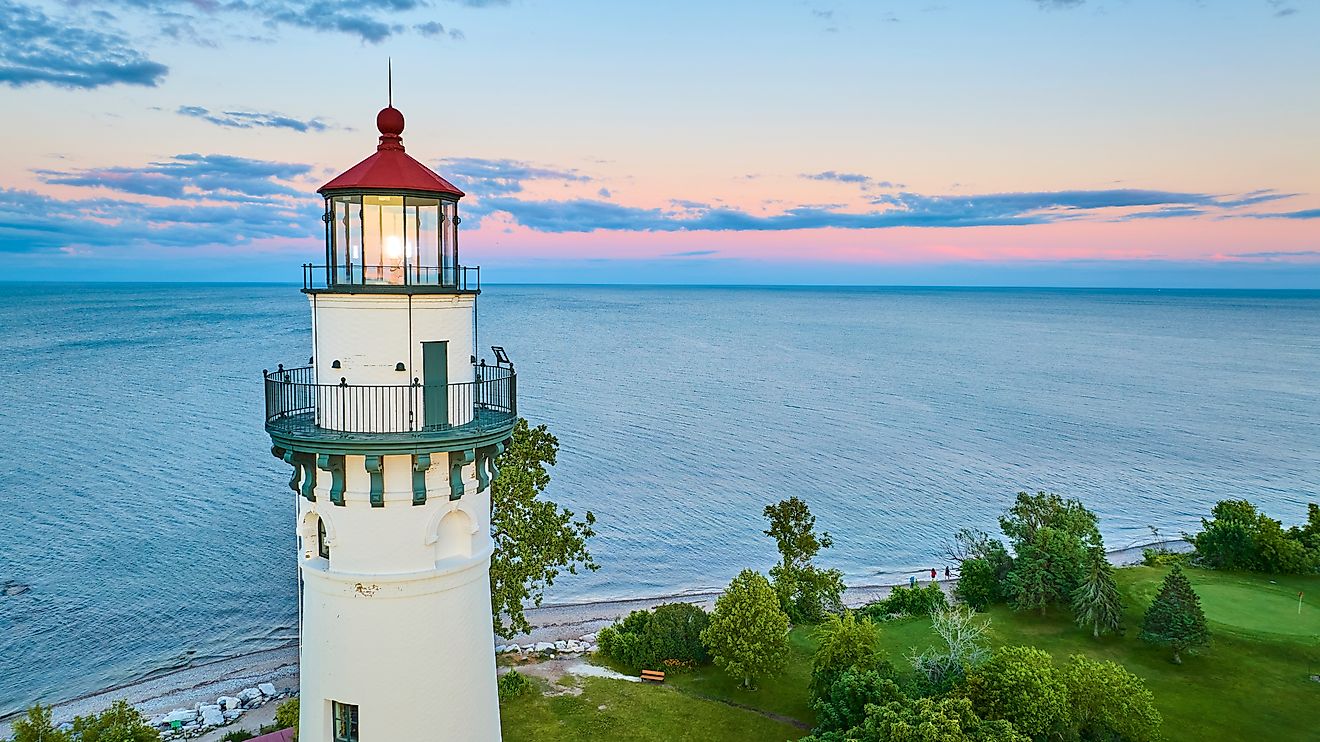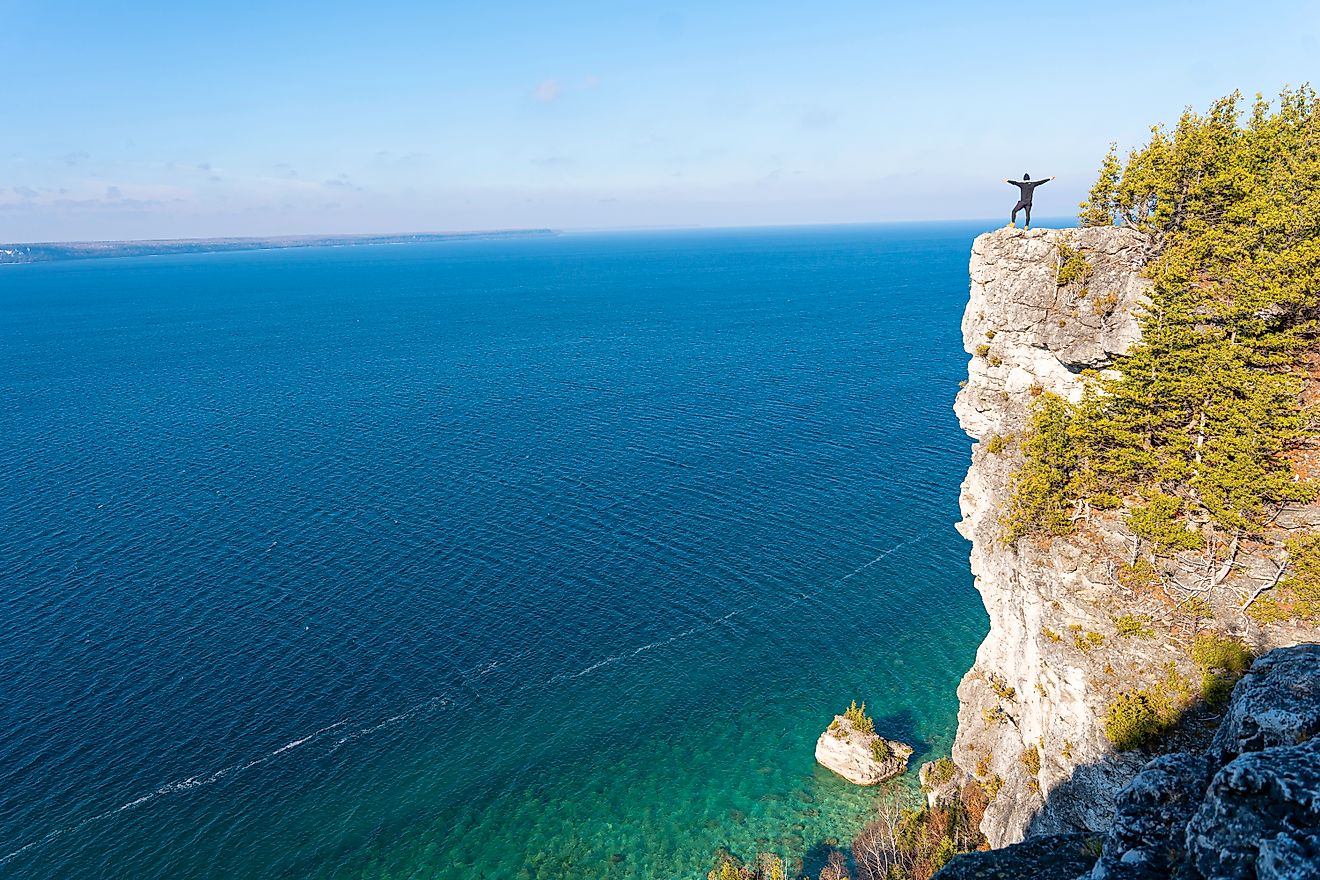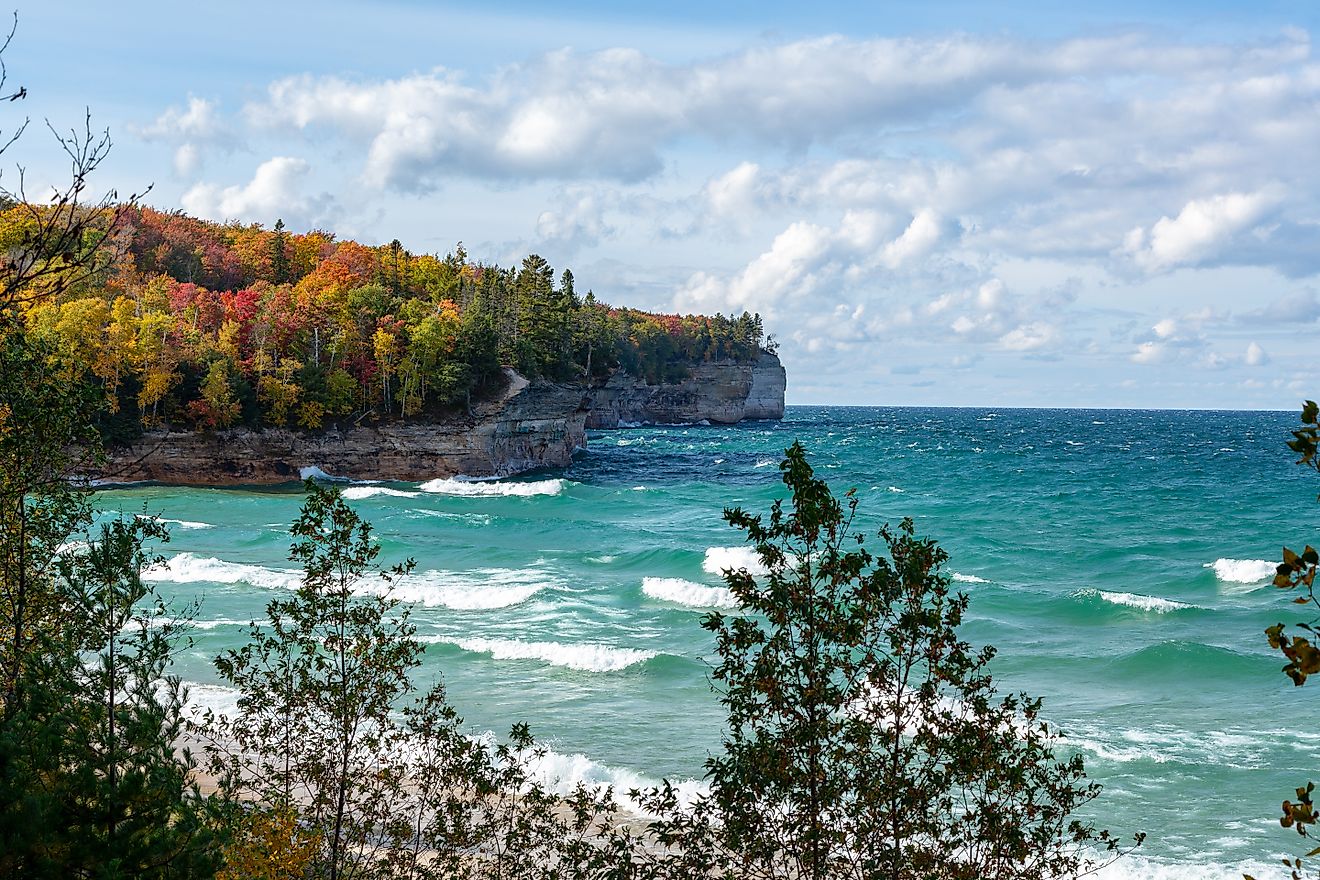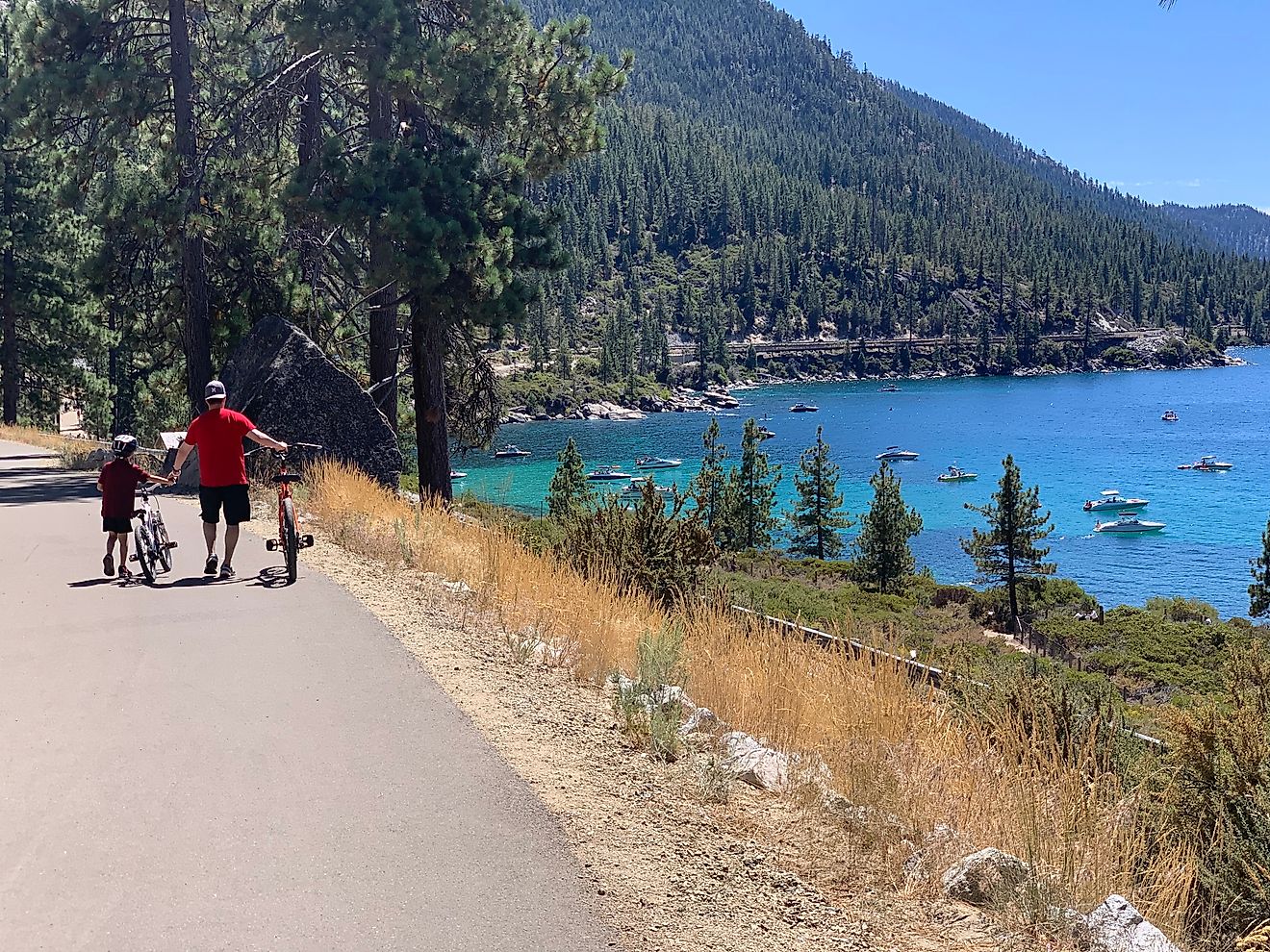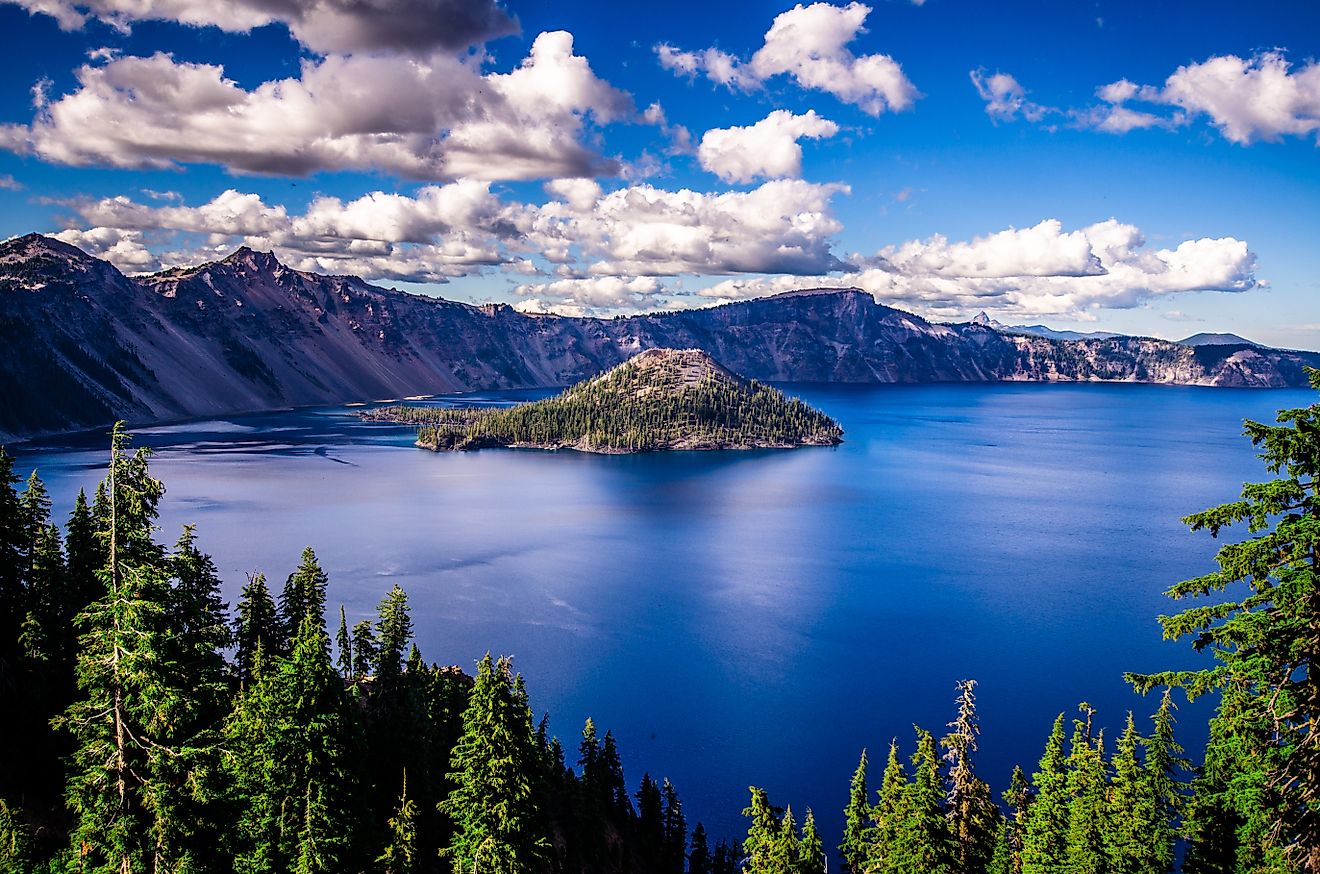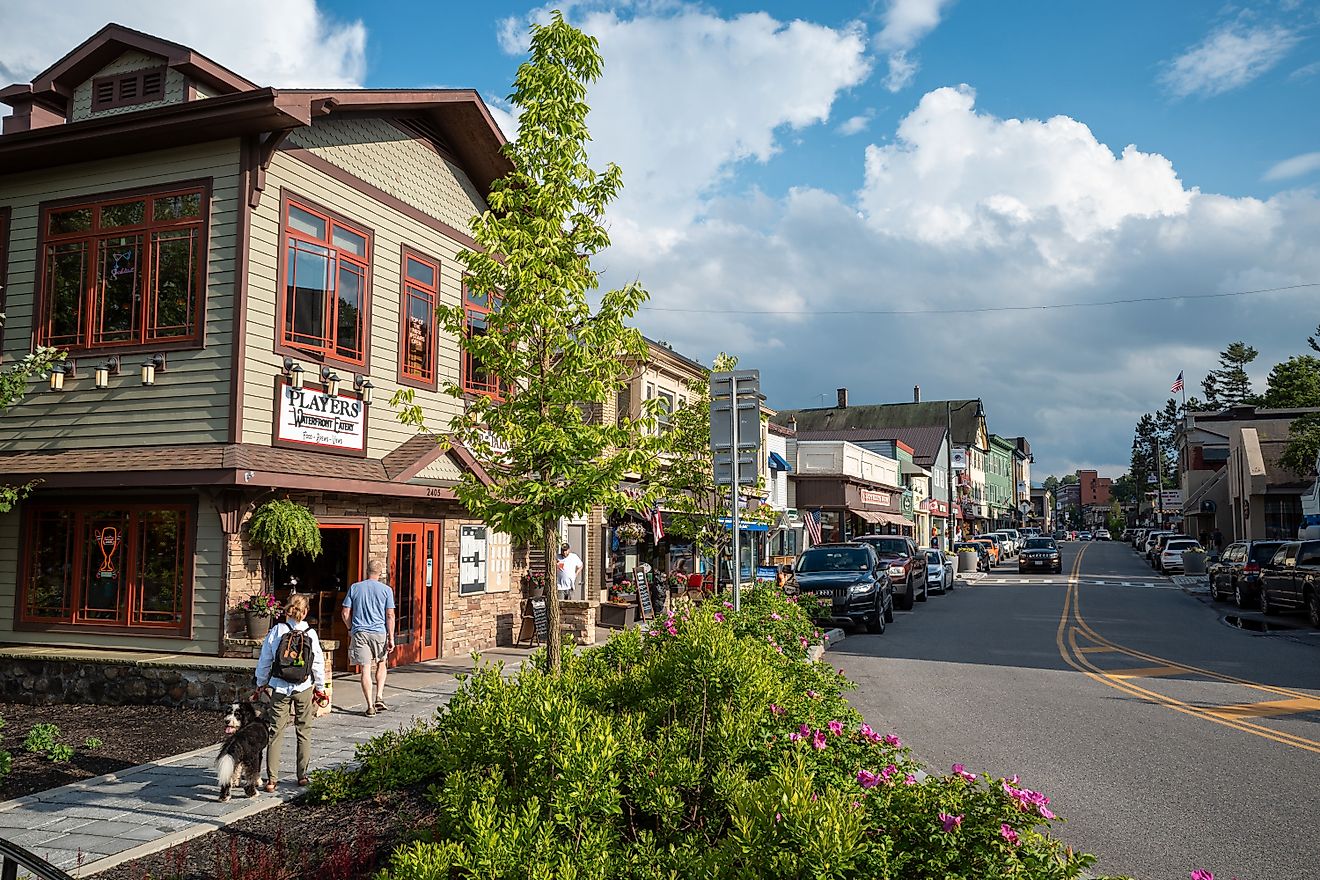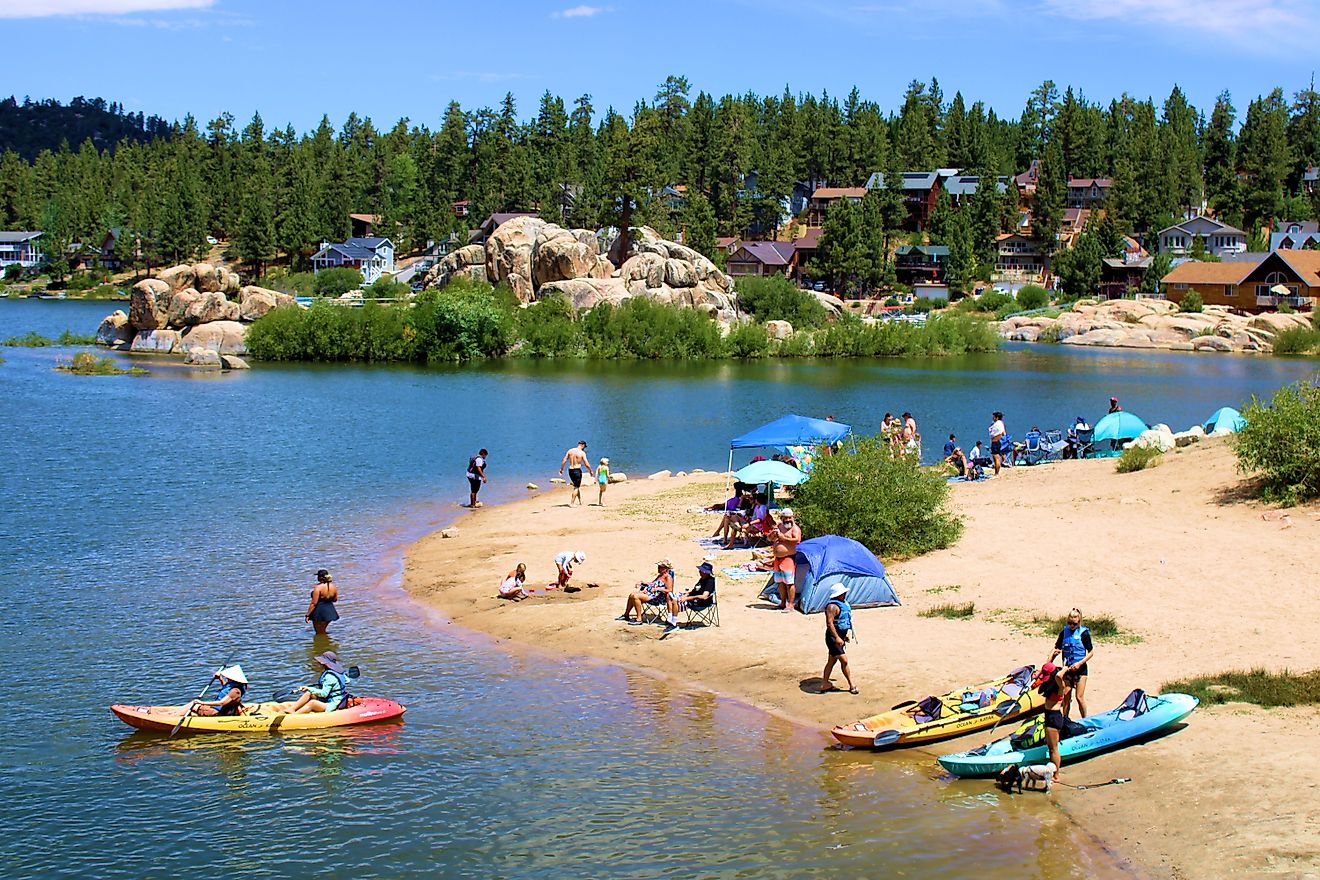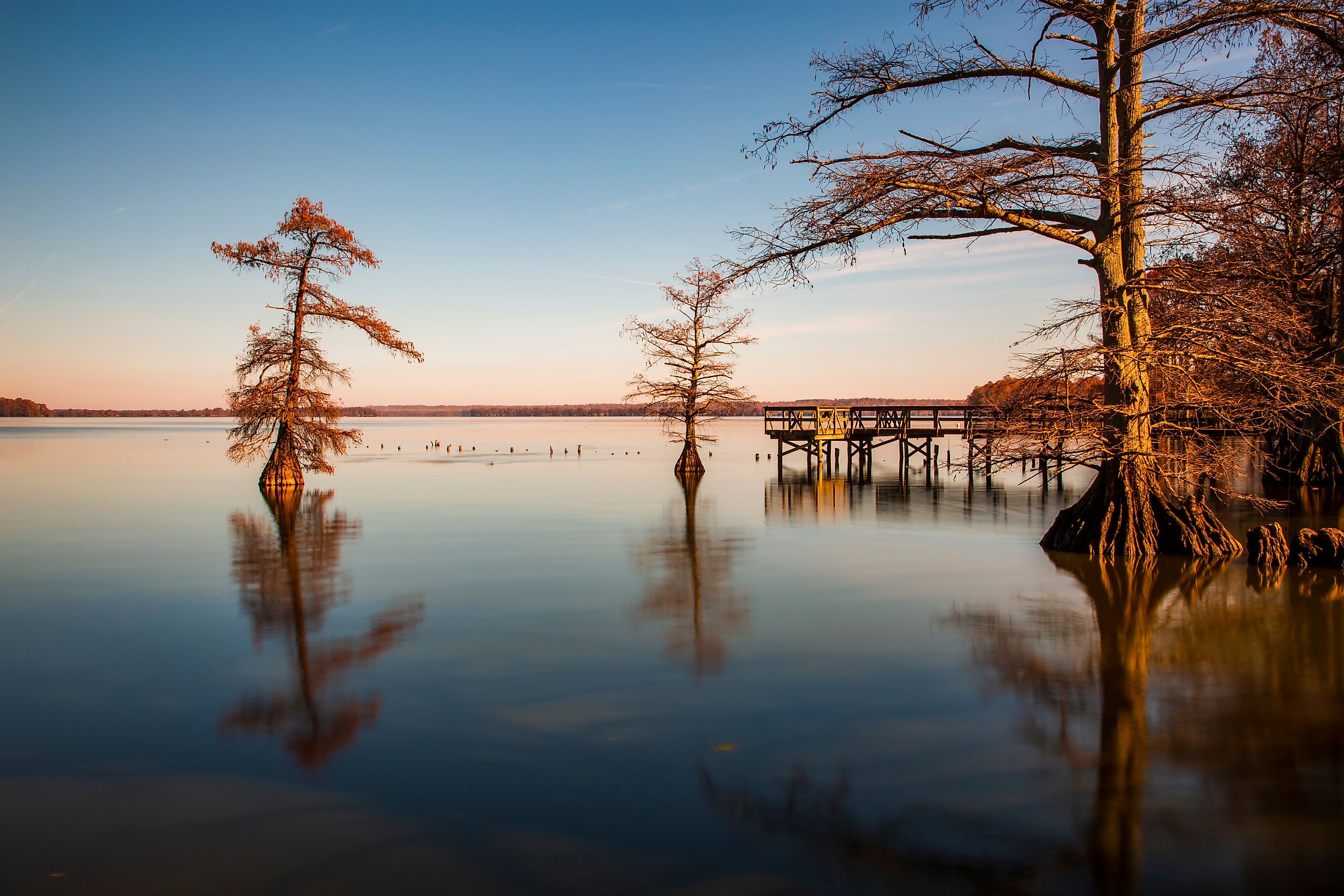
The Only Lake in the US Created by an Earthquake
When earthquakes strike with devastating force, they often leave behind images of collapsed buildings and fractured highways. But some seismic events go a step further, permanently reshaping the earth beneath our feet. In rare cases, they even leave behind entirely new geographic features. One such feature still exists today: Reelfoot Lake, the only major lake in the United States formed directly by an earthquake.
Tucked into the northwest corner of Tennessee, Reelfoot Lake is a sprawling, shallow body of water ringed by bald cypress trees and thriving wetlands. It’s a serene landscape, but its origins lie in one of the most violent geological episodes in American history.
The Earthquake That Changed the Land
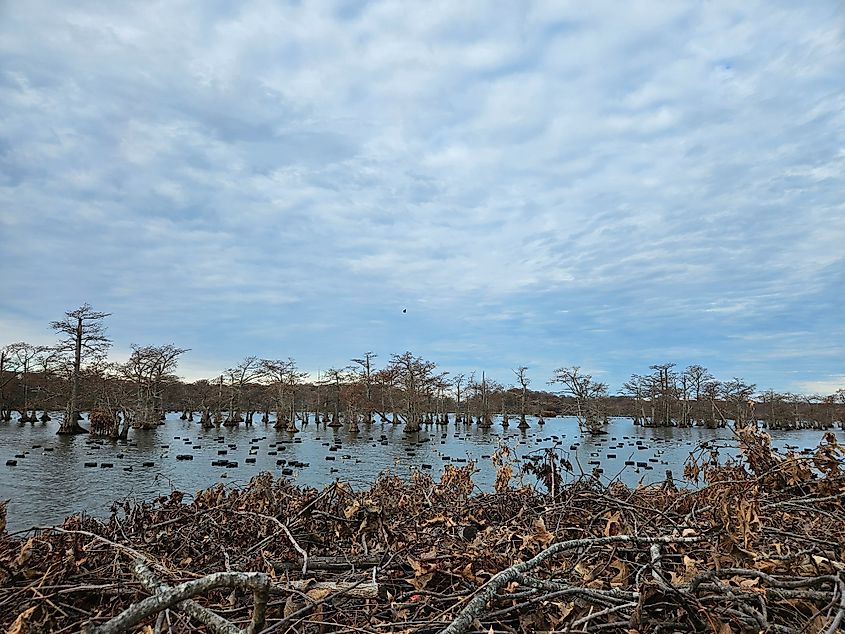
Reelfoot Lake was formed during the New Madrid earthquakes of 1811–1812, a powerful sequence of seismic events that rattled the central United States over the course of several months. Centered in the New Madrid Seismic Zone, this series of quakes affected parts of southeastern Missouri, northeastern Arkansas, western Kentucky, and northwest Tennessee.
Between December 1811 and February 1812, three main shocks struck, each with an estimated magnitude exceeding 7.0. The most powerful and consequential occurred on February 7, 1812—an event that literally reshaped the landscape.
The earthquake caused the Mississippi River to surge and temporarily reverse direction, a phenomenon so dramatic it has become the stuff of legend. While the river likely didn’t flow backward in the conventional sense, massive seismic waves and ground deformation sent water rushing upstream in surges that looked like reversal.
But one of the most permanent and significant effects of that earthquake was the creation of Reelfoot Lake. As the ground shook, the earth dropped along fault lines, forming a depression. At the same time, seismic movement dammed the Reelfoot River, and water from the Mississippi rushed in to fill the new low-lying basin. The result was a lake where no lake had been before.
The Power of a River Rerouted
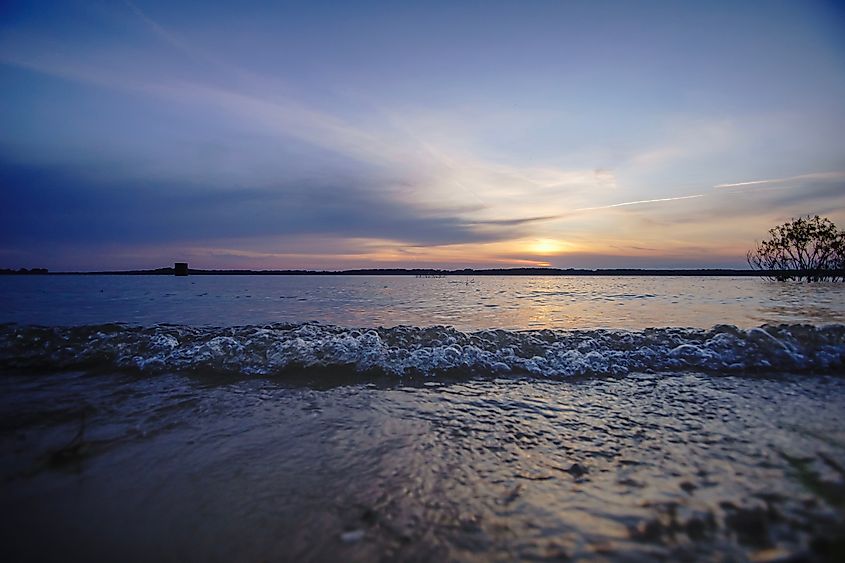
Rivers that flow across fault lines are particularly vulnerable during major earthquakes. Sudden shifts in the earth’s crust can block, divert, or even reverse a river’s course. This type of dramatic reconfiguration is known as river avulsion—a geologic event that has occurred elsewhere in the world, such as during New Zealand’s Kaikōura earthquake in 2016, when the Waiau Toa (Clarence River) was forced into a new channel.
In the case of the 1812 quake, the Mississippi River’s violent rerouting was responsible for permanently altering the flow of nearby waterways in western Tennessee. As the land sank and rivers flooded new ground, the region’s geography changed forever.
Eyewitnesses at the time described trees being violently uprooted, the ground buckling and cracking open, and entire swaths of forest disappearing underwater. The small Missouri town of New Madrid, near the epicenter, was virtually destroyed. People as far away as Boston, Detroit, and New Orleans reported feeling the tremors, highlighting the incredible reach of seismic waves in the eastern US.
Why Earthquakes Hit the Heartland
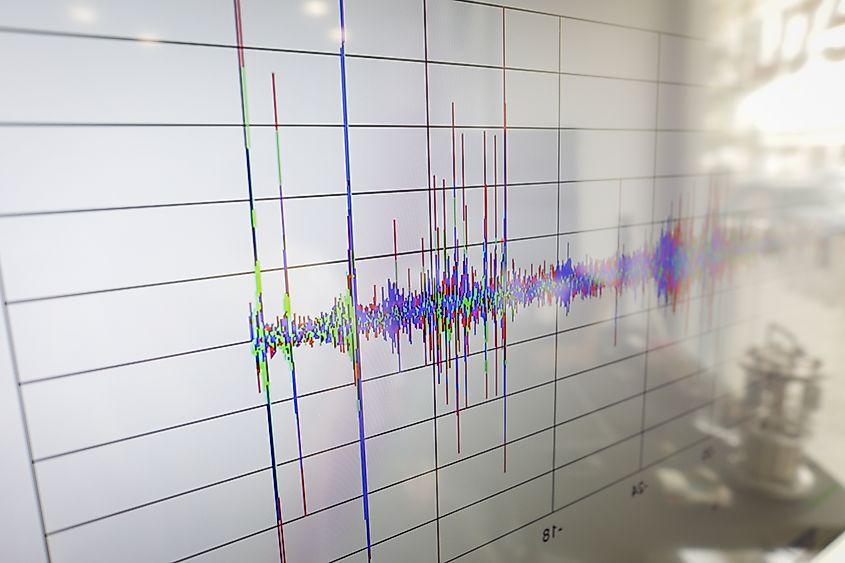
The New Madrid Seismic Zone is not along a traditional plate boundary like those found in California or the Pacific Northwest. It lies deep within the North American tectonic plate, making its activity a mystery that continues to puzzle geologists.
While earthquakes at plate boundaries are well understood, intraplate quakes (those occurring far from any plate edge) are far less predictable. Scientists still debate what causes stress to build and release in these zones, but they agree on one key point: seismic waves in the eastern US travel farther and affect a larger area than those in the West, due to the older, denser crust in the region.
This means that if a similar earthquake struck today in the New Madrid zone, its effects could be felt across several states, and the damage could be widespread, even hundreds of miles from the epicenter.
A Lake Born from Catastrophe
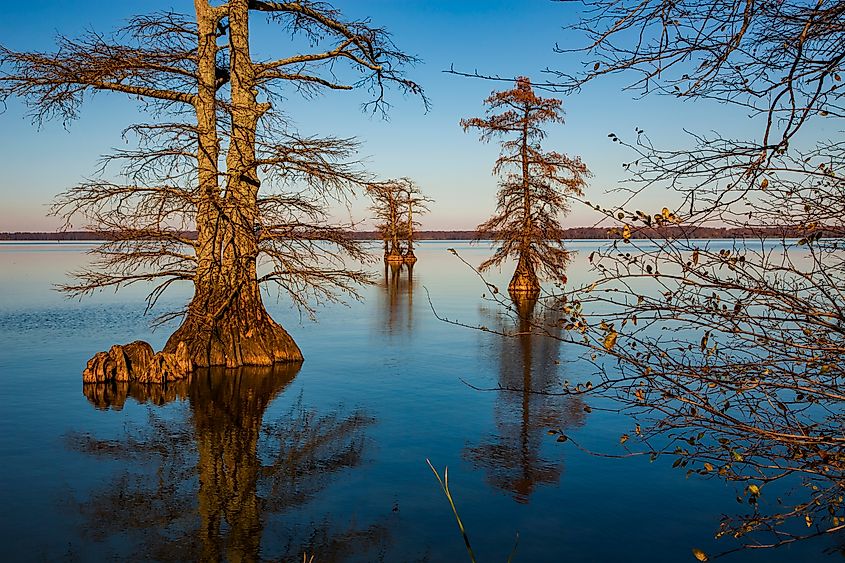
Though it was born in chaos, Reelfoot Lake has since become a sanctuary of calm and natural beauty. Located in Lake and Obion counties of Tennessee, it spans approximately 15,000 acres and stretches about 20 miles from north to south. The lake is exceptionally shallow, with an average depth of just 5.5 feet.
Because it was formed so quickly, the lakebed is still littered with evidence of its former life as forested land. Submerged tree stumps and stands of bald cypress rise eerily from the water, giving the lake an ancient, swamp-like atmosphere. These trees, adapted to wetland environments, now define the look and feel of Reelfoot Lake.
A Haven for Wildlife
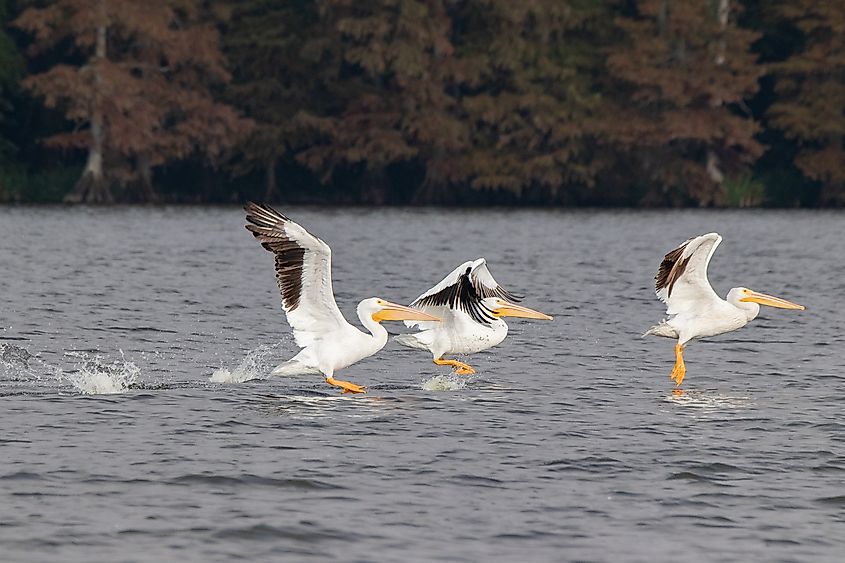
Over two centuries after its formation, Reelfoot Lake is a thriving ecosystem that supports an extraordinary array of wildlife. The lake is bordered by protected wetlands that form both a Tennessee state park and a national wildlife refuge.
During winter and early spring, bald eagles migrate to the area in large numbers. Their presence draws birdwatchers from across the country, especially during the annual Eagle Festival, typically held in February.
Other wildlife seen at Reelfoot Lake includes:
-
Great blue herons
-
Egrets and white ibis
-
Wood ducks and mallards
-
Frogs, turtles, and other amphibians
-
Crappie, bass, and catfish in the lake's waters
In spring and summer, the wetlands come alive with the calls of songbirds, the hum of insects, and the chorus of frogs. It's landscape is lush, quiet, and shaped entirely by nature’s hand.
Reelfoot Lake Today: What to See and Do
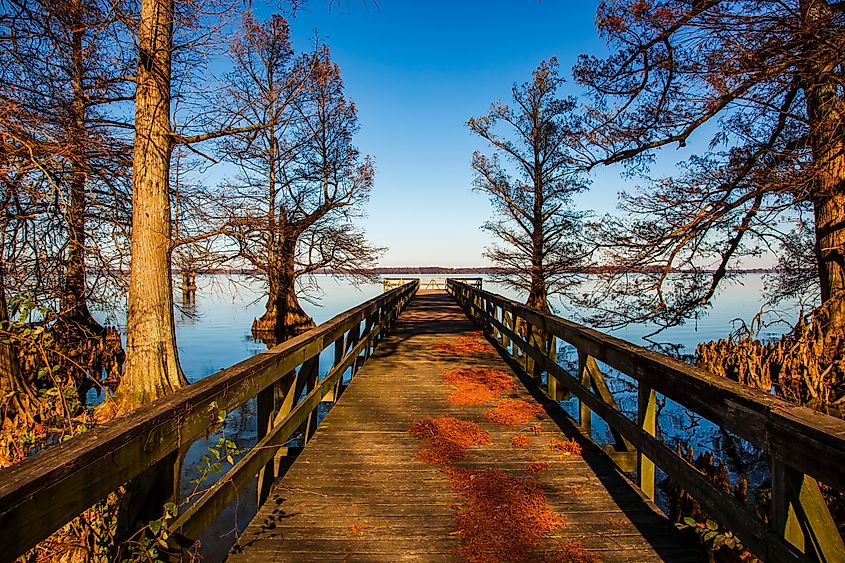
Though its formation was cataclysmic, Reelfoot Lake is now a peaceful destination that attracts nature lovers, anglers, photographers, and curious travelers.
Activities at Reelfoot Lake include:
-
Fishing: Known for excellent crappie, bluegill, and largemouth bass fishing, especially in spring and fall.
-
Birdwatching: Winter eagle-watching tours and spring songbird migration are major draws.
-
Boating and kayaking: Paddle through cypress groves and explore narrow waterways among the stumps.
-
Wildlife photography: Capture misty sunrises, wading birds, and dramatic wetland scenery.
-
Hiking and nature trails: Boardwalks and flat trails wind through marshes and forests in both the state park and wildlife refuge.
For those interested in geology and natural history, visitor centers at Reelfoot Lake State Park offer exhibits that explain the seismic origins of the lake and the 1811–1812 earthquakes.
A Living Monument to the Earth’s Power
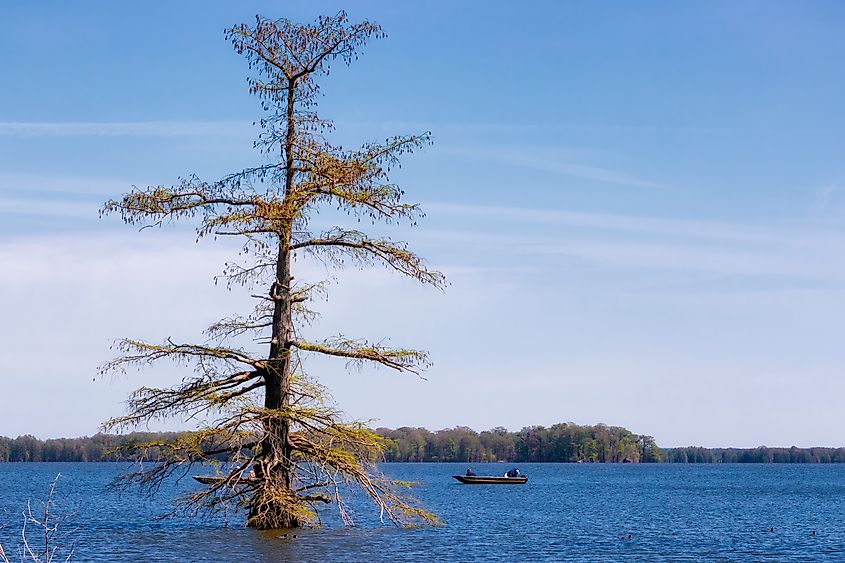
Reelfoot Lake is unlike any other lake in the United States. Its sudden creation, born from a seismic event so powerful it temporarily reversed the Mississippi River, serves as a reminder of how dynamic and unpredictable our planet can be.
While geologists continue to study the New Madrid Seismic Zone and debate the likelihood of future large earthquakes, Reelfoot Lake remains visible proof that even far from the edges of tectonic plates, the ground can move with unimaginable force.
What was once a shaken, ruptured landscape is now a place of renewal, where cypress trees stand watch in still water, and eagles glide over a lake that nature created in the span of just a few hours.
Fast Facts About Reelfoot Lake
| Feature | Detail |
|---|---|
| Location | Lake and Obion Counties, TN |
| Formed | February 1812 (New Madrid Quakes) |
| Size | Approx. 15,000 acres |
| Average Depth | 5.5 feet |
| Origin | Ground subsidence + river flooding |
| Primary Inflows | Spring-fed and rainfall |
| Managed By | Tennessee State Parks |
| Wildlife | Eagles, herons, bass, crappie |
